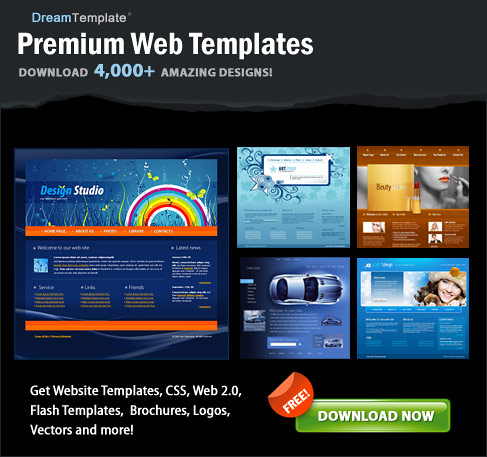Introduction to XML


XML was designed to transport and store data.
HTML was designed to display data.
What You Should Already Know
Before you continue you should have a basic understanding of the following:
If you want to study these subjects first, find the tutorials on our
Home page.
What is XML?
- XML stands for EXtensible Markup Language
- XML is a markup language much like HTML
- XML was designed to carry data, not to display data
- XML tags are not predefined. You must define your own tags
- XML is designed to be self-descriptive
- XML is a W3C Recommendation
The Difference Between XML and HTML
XML is not a replacement for HTML.
XML and HTML were designed with different goals:
- XML was designed to transport and store data, with focus on what data is.
- HTML was
designed to display data, with focus on how data looks.
HTML is about displaying information, while XML is about carrying
information.
XML Does not DO Anything
Maybe it is a little hard to understand, but XML does not DO anything.
XML was created to structure, store, and transport
information.
The following example is a note to Tove from Jani, stored as XML:
<note>
<to>Tove</to>
<from>Jani</from>
<heading>Reminder</heading>
<body>Don't forget me this weekend!</body>
</note>
|
The note above is quite self descriptive. It has sender and receiver
information, it also has a heading and a message body.
But still, this XML document does not DO anything. It is just pure
information wrapped in tags. Someone must write a piece of software to send, receive or display it.
XML is Just Plain Text
XML is nothing special. It is just plain text. Software that can handle plain text can also handle XML.
However, XML-aware applications can handle the XML tags specially. The functional meaning
of the tags depends on the nature of the application.
With XML You Invent Your Own Tags
The tags in the example above (like <to> and <from>) are not
defined in any XML standard. These tags are "invented" by the author
of the XML document.
That is because the XML language has no predefined tags.
The tags used in HTML (and the structure of HTML) are predefined. HTML documents can only use tags
defined in the HTML standard (like <p>, <h1>, etc.).
XML allows the author to define his own tags and his own document
structure.
XML is Not a Replacement for HTML
XML is a complement to HTML.
It is important to understand that XML is not a replacement for HTML. In
most web applications, XML is used to transport data, while HTML is used to format and
display the data.
My best description of XML is this:
XML is a software and hardware
independent tool for carrying information.
XML is a W3C Recommendation
XML became a W3C Recommendation 10. February 1998.
To read more about the XML activities at W3C, please read our
W3C Tutorial.
XML is Everywhere
We have been participating in XML development since its creation. It
has been amazing to see how quickly the XML standard has developed, and how
quickly a large number of software vendors have adopted the standard.
XML is now as important for the Web as
HTML was to the foundation of the Web.
XML is everywhere. It is the most common
tool for data transmissions between all sorts of applications, and is becoming more
and more popular in the area of storing and describing information.



 |
|
Get Your Diploma!
W3Schools' Online Certification Program is the perfect solution for busy
professionals who need to balance work, family, and career building.
The HTML Certificate is for developers who want to document their knowledge of HTML, XHTML, and CSS.
The JavaScript Certificate is for developers who want to document their knowledge of JavaScript and the HTML DOM.
The XML Certificate is for developers who want to document their knowledge of XML, XML DOM and XSLT.
The ASP Certificate is for developers who want to document their knowledge of ASP, SQL, and ADO.
The PHP Certificate is for developers who want to document their knowledge of PHP and SQL (MySQL).
|
|